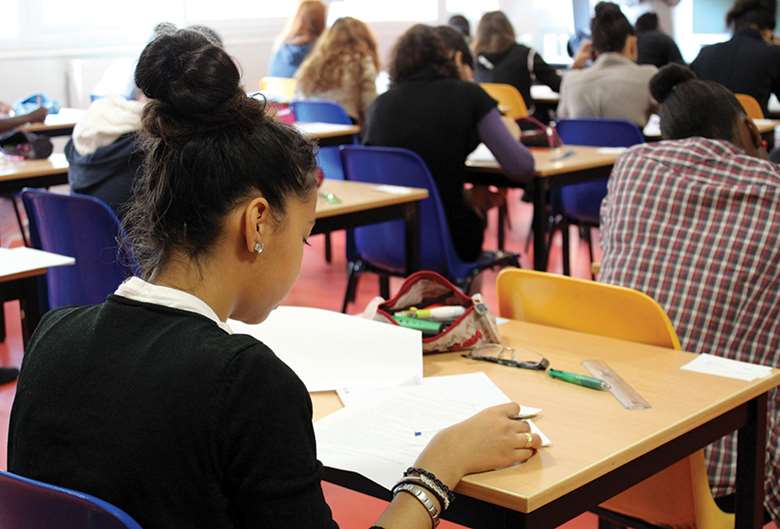Children in care buck attainment trend
Nina Jacobs
Tuesday, November 27, 2018
Virtual head sets high expectations for looked-after children in Wolverhampton.

- Support targets all children from pre-school to year 11 pupils.
- Some children in care are matching the attainment of non-care peers.
ACTION
The educational achievements of looked-after children in Wolverhampton have significantly improved in recent years.
The better academic results have been due to improving support in early years settings as well as initiatives such as the Aspire2Uni project which saw higher numbers of pupils "on track" to progress to further and higher education.
Virtual school head Darren Martindale says the decision to focus on early years support has seen more children achieving a "good level of development" in all areas.
"This really is the foundation of subsequent success," he explains.
Meanwhile, action research project Aspire2Uni, now in its fourth year, offers support to pupils in years seven to 10.
"The project is producing some exciting results," Martindale explains. "A significantly higher percentage of pupils are achieving at or above the expected levels of attainment and progress for their ages than is usually the case for looked-after children."
Martindale says a further area of progress for the council's corporate parenting and education (COPE) team is the introduction of a new bespoke web-based personal education plan (PEP). The switch has resulted in more than 90 per cent of PEPs being completed within statutory timescales with "clear evidence that quality is improving", he adds.
Also in development is an improved apprenticeship and pre-apprenticeship offer for looked-after children and care leavers post 16.
In common with many virtual heads, Martindale says most pupil premium plus funding is allocated directly to the schools attended by looked-after children. Use is monitored by auditing children's PEPs and through the COPE team's regular communication with schools.
"We provide challenge and support to schools to ensure that the pupil premium is being properly used to support the progress of each child," he says.
Surveys, termly meetings with designated teachers and other consultation tools are also used to scrutinise how the funding is being utilised, he adds.
"The PEP has a reporting function which usefully links pupil progress to spend," he explains. "I then top-slice a portion which is retained to fund various projects, resources and initiatives which raise the achievement of particular cohorts and address high-priority areas."
Examples of such projects include Aspire2Uni, a volunteer reading programme and targeted support for children living in out-of-authority placements.
"Measuring the impact of approaches is crucial, and although many interventions are bespoke, this is something that I try to ensure is built into everything that we do," says Martindale.
"Outcomes are generally grouped into broad areas, such as attendance, confidence, attitude, behaviour, social and emotional wellbeing, so that we can see where we're having the most impact and where any gaps might be."
Measuring the progress of the council's children is done at least termly, explains Martindale, and academic performance is then cross-referenced against "cohort characteristics" to see which areas are successful and which need more development.
IMPACT
In his 2017 annual report, Martindale says "once again there was much to celebrate" regarding the educational achievement of children in the care of Wolverhampton Council.
The percentage of looked-after children achieving five or more GCSEs at grades A-C, including English and maths rose from 19 per cent in 2016 to 23 per cent in 2017.
In 2018, 12 care leavers began university courses compared with only three in 2014, a fact Martindale says makes him proud.
Results for looked-after children at younger age groups were more mixed in 2017.
The proportion of pre-school children achieving a "good level of development" in reading, writing and numbers remained steady compared with the year before at 38 per cent.
Performance at key stage 1 rose significantly: the proportion of pupils achieving expected standards in teacher assessments were 80 per cent in maths, 73 per cent in reading, and 60 per cent in writing.
However, results at key stage 2 dipped slightly.
Martindale says he would like to see a significantly higher percentage of looked-after children achieving good GCSEs, particularly in the core subjects.
"Wolverhampton is usually above the national average in this area, but the gap is still too wide generally," he says.




